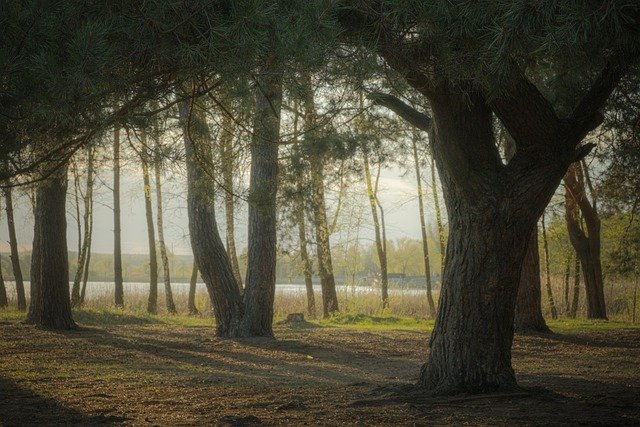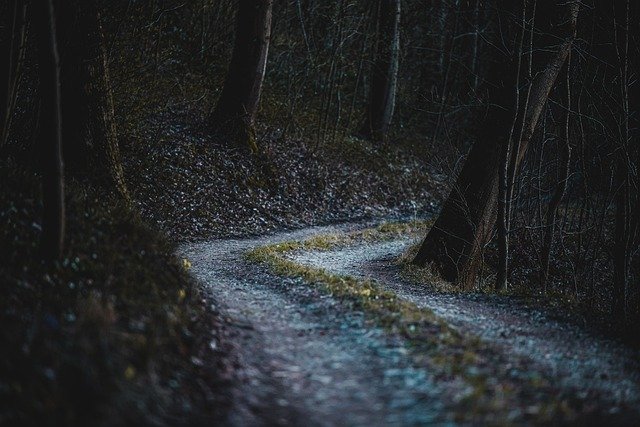**Title: "The Evolution of Storytelling in Video Games

The Secret Lives of Urban Wildlife
Urban environments are often seen as concrete jungles, bustling with human activity and noise. However, beneath the surface of our cities lies a vibrant ecosystem filled with diverse wildlife that has adapted to thrive in these unusual habitats. Let's explore the secret lives of urban wildlife and discover how they navigate their surroundings.
1. Adaptation to Urban Life
Urban wildlife has shown remarkable adaptability. Many species have modified their behaviors and diets to survive in cities. For instance:
- Raccoons have become expert scavengers, often rummaging through trash bins for food.
- Pigeons and sparrows have learned to thrive on the scraps left by humans, making them common sights in parks and plazas.
- Coyotes have been spotted roaming urban areas, hunting small mammals and even adapting their vocalizations to the sounds of city life.
2. Nesting and Breeding
Urban wildlife often faces challenges when it comes to nesting and breeding. However, many species have found creative solutions:
- Squirrels utilize tree branches and balconies to build their nests, while pigeons may choose ledges and rooftops.
- Bats have taken to roosting in attics and under bridges, providing them with shelter from predators.
- Foxes can be found denning in parks or even under sheds in residential areas.
3. The Role of Green Spaces
Parks, gardens, and green rooftops are crucial for urban wildlife. These spaces provide essential resources:
- Food: Native plants attract insects, birds, and small mammals, creating a food web that supports various species.
- Shelter: Green spaces offer refuge from the hustle and bustle of city life, allowing wildlife to hide from predators and humans.
- Corridors: Parks and greenways act as corridors, connecting habitats and allowing animals to move safely through urban landscapes.
4. Challenges Faced by Urban Wildlife
Despite their adaptability, urban wildlife faces numerous challenges:
- Habitat Loss: As cities expand, natural habitats are destroyed, forcing wildlife to compete for limited resources.
- Pollution: Air and noise pollution can negatively impact animal health and behavior.
- Human Interactions: Encounters with humans can be dangerous for wildlife, leading to injuries or fatalities.
5. How We Can Help
As urban dwellers, we can take steps to support our local wildlife:
- Create Wildlife-Friendly Spaces: Plant native species in gardens and support local conservation efforts.
- Reduce Waste: Properly dispose of trash to prevent animals from scavenging in hazardous areas.
- Educate Others: Share knowledge about urban wildlife and promote coexistence within your community.
Conclusion
The secret lives of urban wildlife remind us that nature is resilient and adaptable, even in the most challenging environments. By understanding and supporting these creatures, we can foster a harmonious relationship between urban development and the natural world. Next time you encounter a raccoon rummaging through a trash can or hear the call of a coyote, take a moment to appreciate the incredible adaptability of wildlife in our cities.
Let's celebrate urban wildlife and work together to create a more welcoming environment for all creatures, great and small!

All images are taken from the Pixabay.com